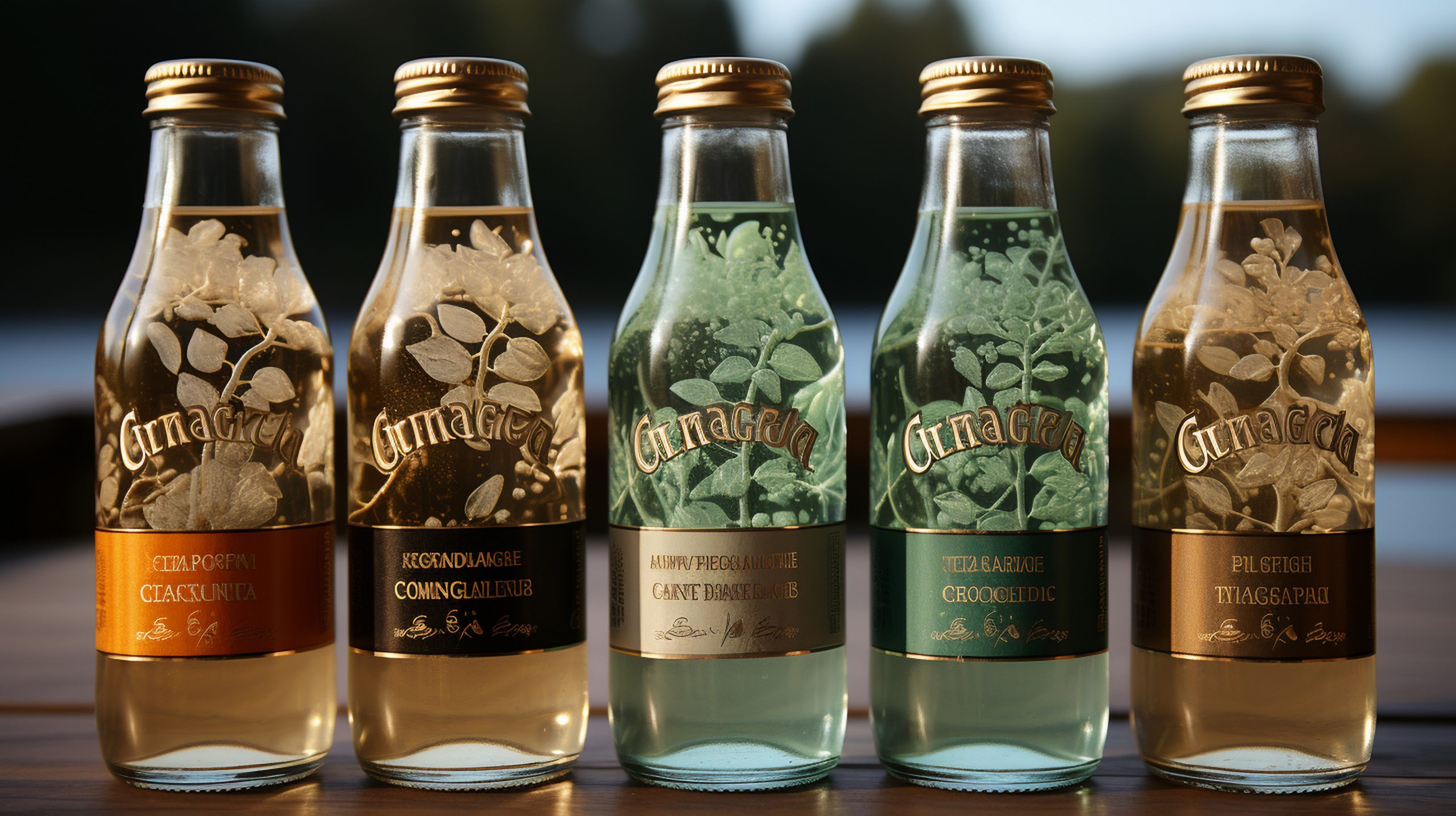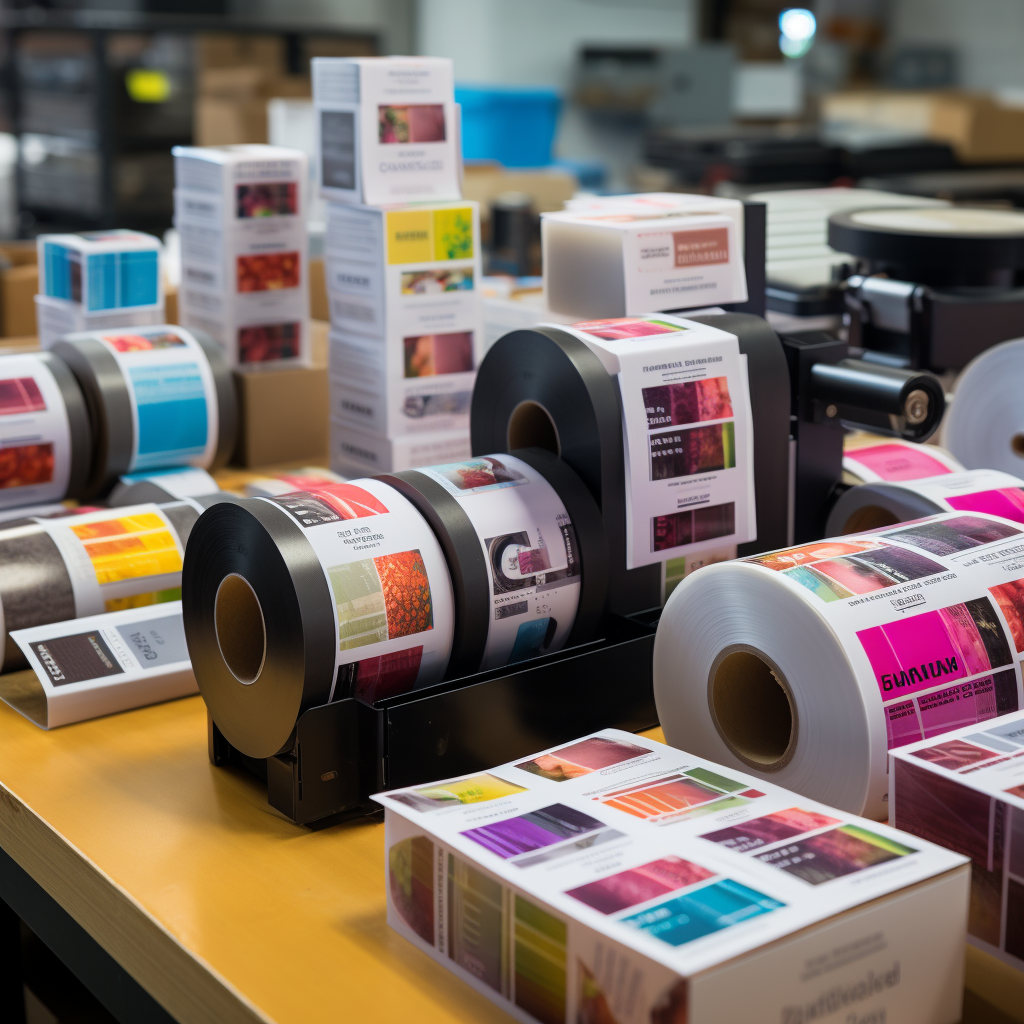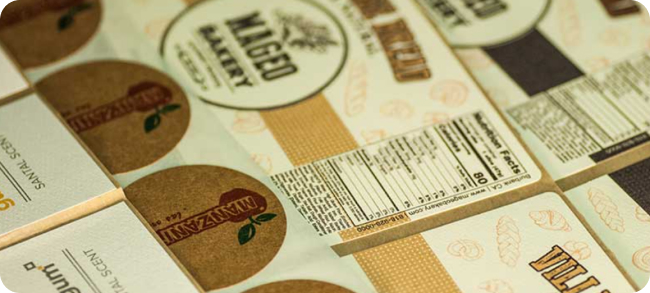Wine label design is the cornerstone of your winery brand, and it plays a huge role in consumers’ decision of which wine to buy. With the wine industry growing increasingly competitive, a well-designed label can set your brand apart and influence consumers’ decisions. As we are halfway through 2024 let’s see what wine label design trends have emerged and what we can expect to see more from wine brands.
Table of Contents
- Use of Eco-friendly Materials in Your Wine Label Design
- Minimalistic Design with a Twist
- Interactive and Smart Labels
- Adding Customizable Elements in Wine Label Design
- Keeping Regional Identity
Use of Eco-friendly Materials in Your Wine Label Design
More brands are starting to follow sustainability best practices to the point that it is becoming more than just a trend – a necessity. Consumers conscious of the environmental impact of their purchases identify themselves more with the brands using recycled paper, biodegradable inks, and labels.
Of course, this factor couldn’t get passed by wine brands. This is a new opportunity from a marketing perspective to attract customers and brands will lose a lot if they don’t use this in their favor.
In fact, according to Gartner 20% of organizations with sustainable packaging goals will focus on reducing the carbon footprint of their packaging.
Minimalistic Design with a Twist
Minimalism has been dominating over many industries and wine label design is no exception. While clean wine labels are coming back, there’s been a little twist to the minimalistic approach. A lot of wine brands choose to have clean and simple labels with subtle details like embossed textures, gold foil accents, or selective use of vibrant colors. The idea behind this choice is to give the labels a luxurious look without overwhelming the consumer.
Adding Subtle Textures in Wine Label Design
Textures add a tactile element to the design, making the label not just visually appealing but also engaging to touch. Embossing, debossing, and raised printing techniques are being used to create a three-dimensional effect that captures consumers’ attention.
Adding Gold and Silver Foil Accents
Foil accents, especially in gold and silver, are being used sparingly to highlight certain elements of the label, such as the brand name or logo. This adds a touch of sophistication and luxury, which is particularly effective for premium wines.
Interactive and Smart Labels
Achievements in technology have had their impact on the wine industry, creating new opportunities for wine brands. When designing wine labels brands use QR codes, NFC (Near Field Communication), or augmented reality (AR) to engage consumers in new and interactive ways.
QR Codes
QR codes have become a primary aspect of wine label design, offering a simple way for consumers to gain more information about the wine, such as tasting notes, vineyard history, or food pairing suggestions. The key to success is integrating the QR code seamlessly into the design.
Adding Augmented Reality Experiences
Some brands are taking interactivity to another level with augmented reality. By scanning the label with a smartphone, consumers can unlock interactive content, such as animated brand stories or virtual wine tastings. This trend completes the consumer experience and adds fun and engagement to the product.
Adding Customizable Elements in Wine Label Design
As digital printing technology continues to evolve, wine brands are finding new ways to offer their customers something that will evoke positive emotions and create a pleasant experience. So, customization is becoming a key differentiating factor in the wine industry, helping brands to create unique, tailored experiences for their customers.
This includes limited edition designs that reflect a specific season or event, as well as labels that can be personalized for special occasions such as weddings or anniversaries. By allowing consumers to add their names, dates, or even messages to the labels, wineries create a special connection between the brand and the buyer.
Those brands that include personalization elements on their wine bottle labels will be one step ahead of their competitors.
Keeping Regional Identity
Emphasizing local and regional identity in wine labels is a powerful tool for brands looking to connect with consumers on a deeper level. As authenticity and a sense of belonging are highly valued, designing wine labels that reflect the unique characteristics of a wine’s origin can highly resonate with consumers.
Incorporating elements such as local landmarks, patterns, and references to regional culture can evoke a strong sense of belonging. These design choices allow wine brands to create a narrative that not only highlights the wine’s origin but also celebrates the heritage and culture of the region. For example, a label might feature a mountain range, or a motif inspired by local artists where each element tells a story making the wine unique.
This approach does more than just add visual appeal—it instills a sense of pride in both the producer and the consumer. Highlighting the characteristics of the region when designing wine bottle labels, brands create a special bond that goes beyond the bottle. They create a bond with consumers who are eager to support local businesses and preserve cultural heritage.
Crafting the perfect wine label demands detailed research, strategy and inspiration. By following these trends and avoiding outdated design practices, your brand can create a strong impression that resonates with consumers and affects their buying choices. Investing in modern, well-executed wine label design will help you communicate your brand message to your consumers and secure your place in the competitive wine industry.
Now that you’ve learned the label design trends of 2024 select your favorite ones and see how you can incorporate them in your wine labels.



